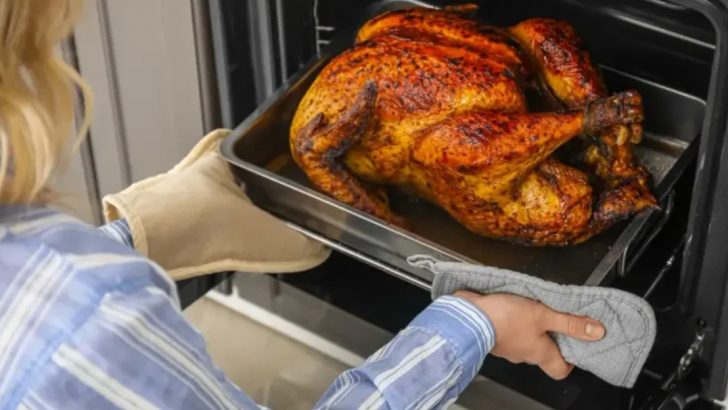Saving leftovers is a great way to reduce food waste and save money, but not all foods are safe to reheat. Some foods change their chemical structure when cooled and reheated, which can lead to health problems. Others simply lose their taste and texture, making them unappetizing.
Knowing which foods to avoid reheating can keep you and your family safe.
1. Leafy Green Veggies
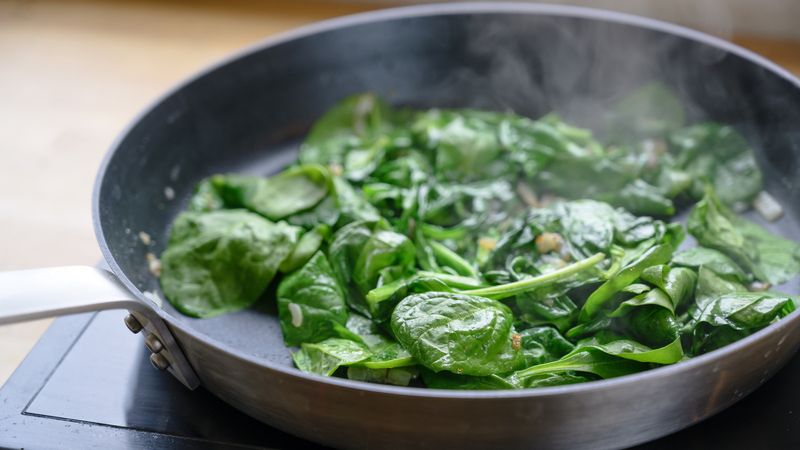
Spinach, kale, and other leafy greens contain nitrates that convert to nitrites when reheated. These compounds can be harmful, especially for young children.
Store your leafy greens raw and cook only what you’ll eat in one sitting. If you must save them, eat them cold in salads instead of reheating.
2. Mushrooms
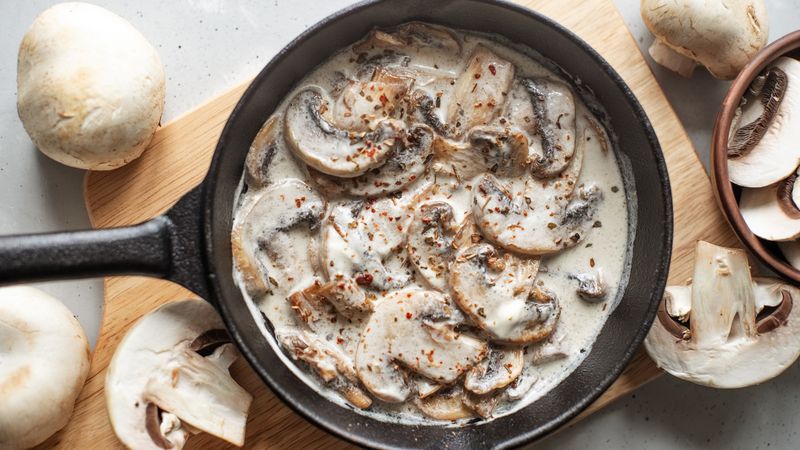
Fungi friends are delicate creatures that begin breaking down immediately after cooking. Proteins change rapidly, increasing the risk of digestive upset when reheated.
Enjoy mushrooms fresh or eat leftovers cold. They make a tasty addition to salads without the reheating risks!
3. Chicken
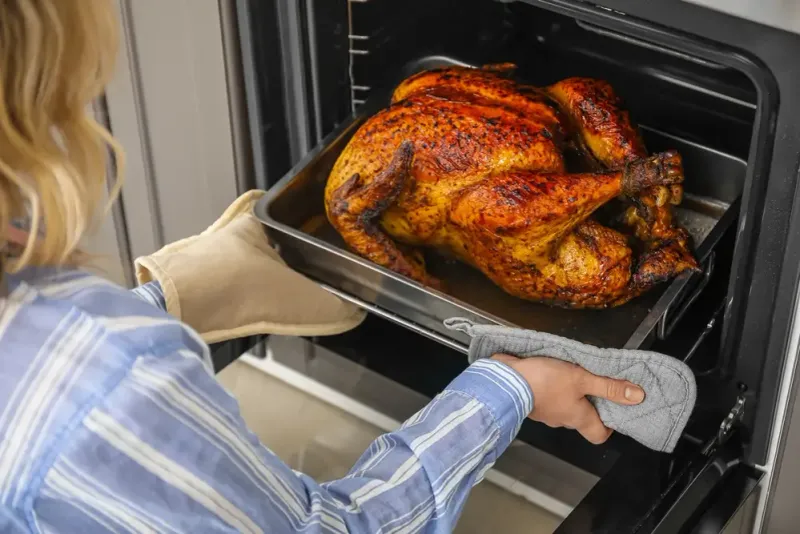
Reheating chicken requires extreme care. When not heated thoroughly to 165°F, harmful bacteria multiply rapidly in the danger zone between 40-140°F.
Always use a food thermometer when reheating chicken. Better yet, repurpose cold chicken in sandwiches or salads to avoid the bacteria risk altogether.
4. Rice
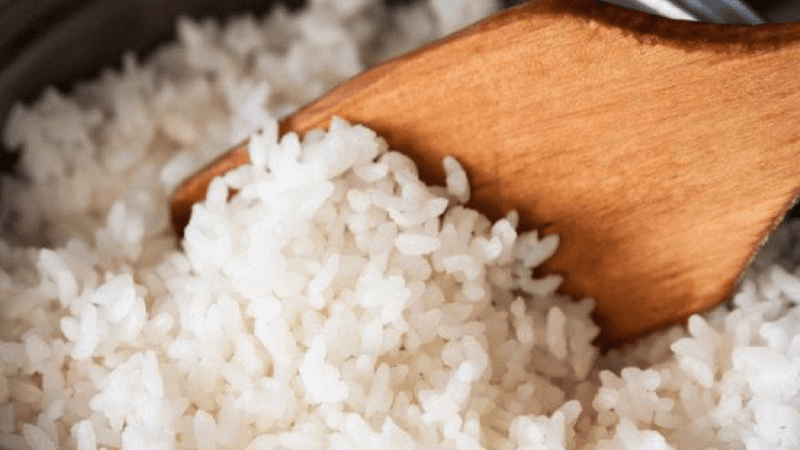
Surprising but true! Cooked rice harbors Bacillus cereus spores that survive cooking. When left at room temperature, these spores multiply and produce toxins that cause food poisoning.
Cool rice quickly after cooking and refrigerate within one hour. When reheating, ensure it’s steaming hot throughout.
5. Potatoes
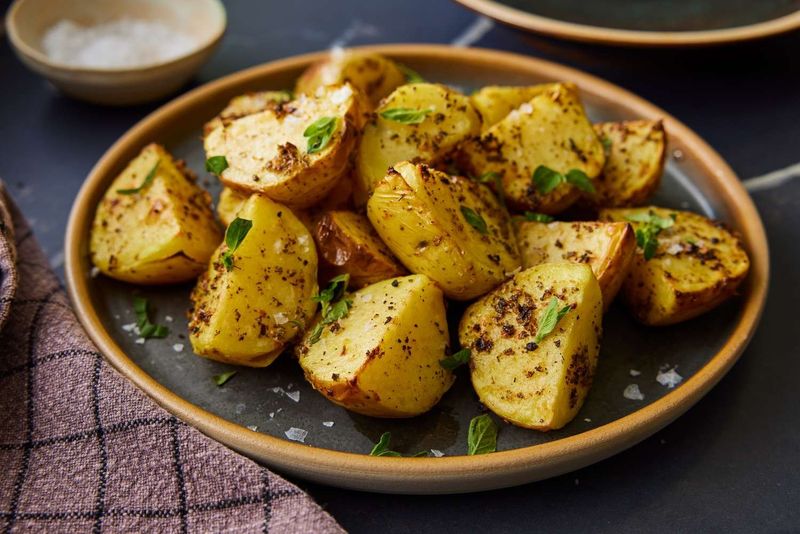
Room temperature potatoes create the perfect breeding ground for Clostridium botulinum bacteria. This nasty bug produces toxins that cause botulism, a potentially fatal illness.
Refrigerate potatoes promptly after cooking. When reheating, ensure they reach at least 165°F throughout to kill any bacteria that may have formed.
6. Eggs
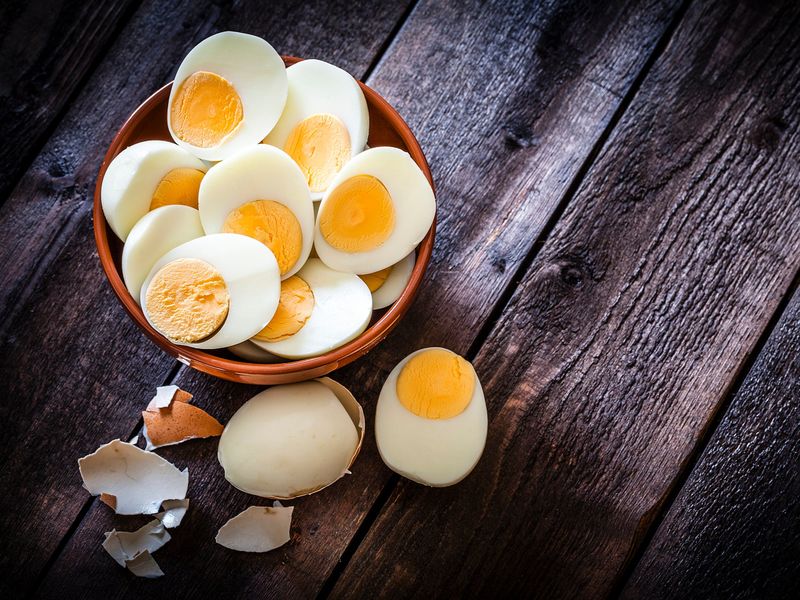
Reheated eggs often become rubbery, dry, and downright unappetizing. More importantly, improper reheating can lead to food poisoning from Salmonella bacteria.
Hard-boiled eggs are best enjoyed cold. For other egg dishes, heat thoroughly to 165°F, but expect texture changes that might make you wish you hadn’t bothered!
7. Breast Milk

Reheating breast milk destroys valuable antibodies and nutrients babies need. Microwaving creates dangerous hot spots that can burn a baby’s sensitive mouth.
Thaw frozen breast milk in the refrigerator overnight. Warm by placing the bottle in a bowl of warm water. Test temperature on your wrist before feeding.
8. Seafood
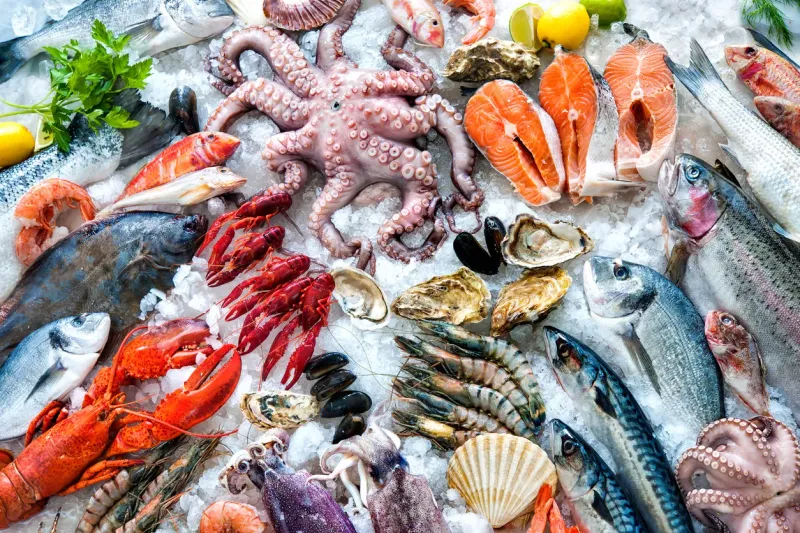
Fish and shellfish contain proteins that change structure when reheated, often leading to stomach troubles. The distinctive fishy smell that develops makes reheated seafood particularly unappetizing.
Cold seafood tastes great in salads or sandwiches. If you must reheat, do so at a low temperature just until warm to minimize protein changes.
9. Celery, Carrots, And Beets
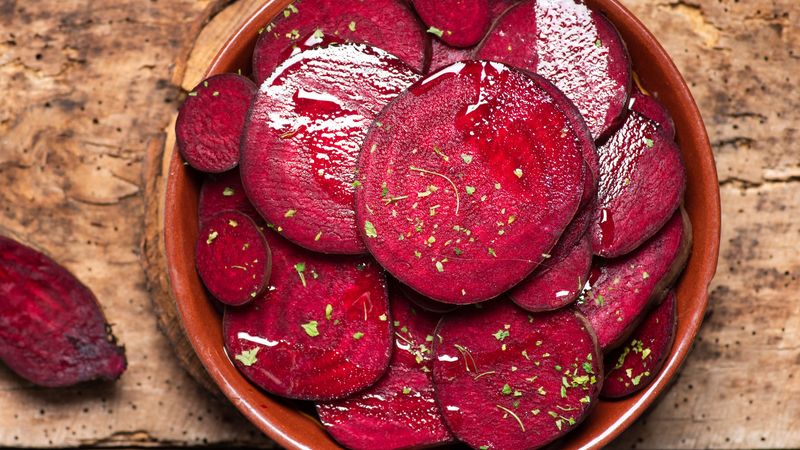
Like leafy greens, these veggies contain nitrates that convert to nitrites when reheated. While adults typically handle small amounts without issue, children may be more sensitive.
Use these vegetables in cold dishes after cooking or only cook what you’ll eat immediately. Your body will thank you for avoiding the potential nitrite exposure.
10. Oils
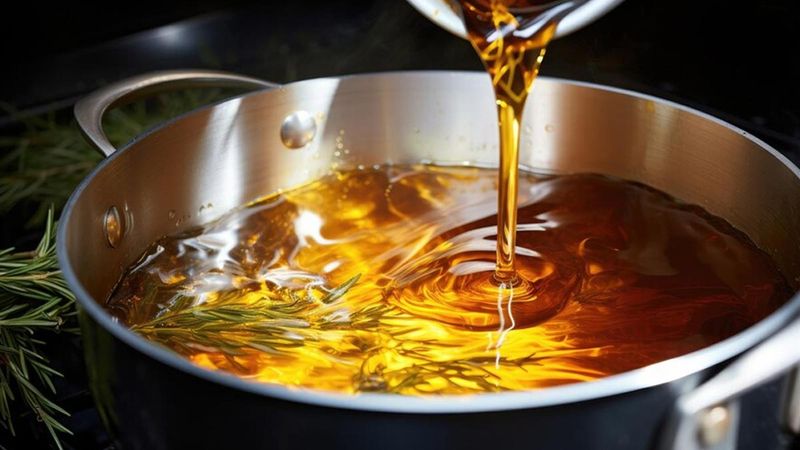
Reheating certain oils multiple times creates harmful compounds called aldehydes. These substances have been linked to increased cancer and heart disease risk.
Olive and vegetable oils are particularly prone to breaking down when reheated. Always use fresh oil for cooking and discard any that’s been heated before.
11. Beet Greens

The leafy tops of beets pack a double whammy. They’re high in nitrates and contain oxalic acid that can crystallize when reheated, potentially causing kidney problems.
Cook beet greens fresh each time. If you grow your own beets, harvest just what you need rather than storing the greens for later reheating.
12. Processed Meats
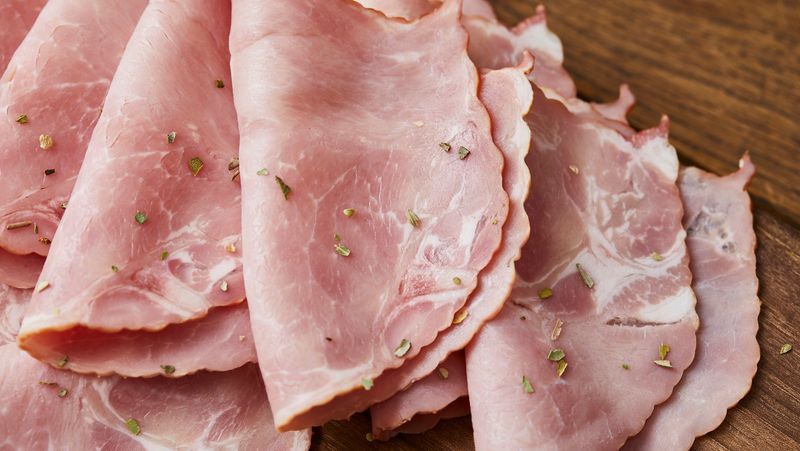
Hot dogs, deli meats, and sausages contain preservatives that convert to dangerous compounds when reheated. These nitrosamines have been linked to cancer in numerous studies.
Enjoy processed meats cold or cook fresh portions each time. The microwave particularly accelerates the formation of these harmful compounds.
13. Turnips

Another nitrate-rich vegetable that becomes problematic when reheated. The earthy flavor also intensifies unpleasantly, making reheated turnips bitter and unappetizing.
Cook turnips in small batches for immediate consumption. If you have extras, try pickling them instead of planning to reheat them later.
14. Buffet Food

Food from buffets has typically been held at serving temperature for hours. This time in the bacterial danger zone (40-140°F) allows microbes to multiply.
Taking buffet leftovers home for reheating compounds the risk. The food has simply spent too much time in conditions where bacteria thrive to be safely reheated.
15. Fried Foods
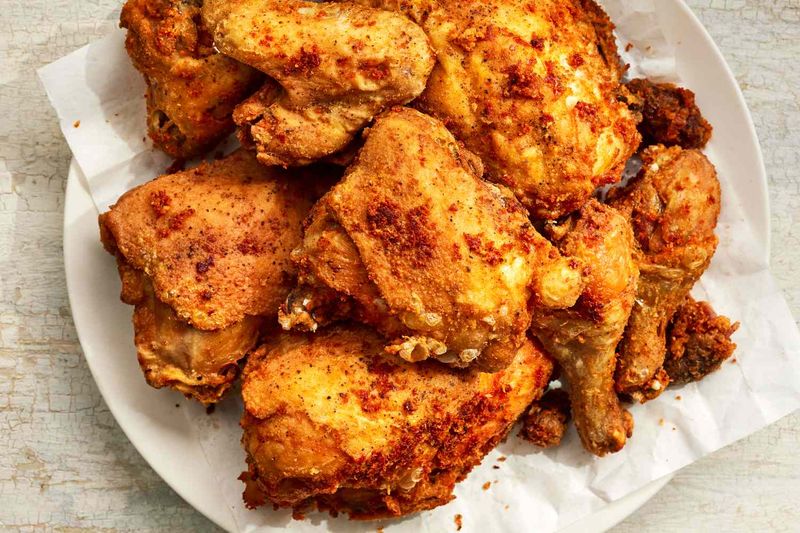
Crispy, delicious fried chicken or french fries turn soggy and disappointing when reheated. The oils used also break down, creating potentially harmful compounds.
Oven reheating works better than microwaving but still won’t restore the original texture. Best practice: only fry what you’ll eat immediately.
16. Breast Chicken
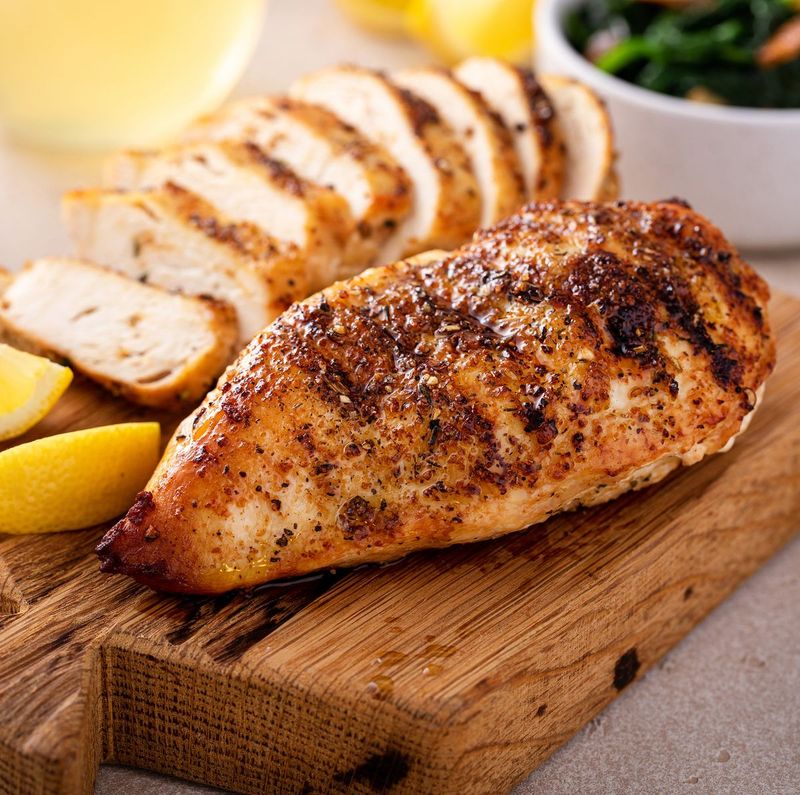
Chicken breast meat dries out dramatically when reheated, becoming tough and stringy. The proteins contract and squeeze out moisture, leaving behind an unappetizing texture.
Repurpose cold chicken breast in sandwiches or salads instead. If reheating is necessary, add moisture with broth or sauce and heat gently.
17. Pasta With Sauce
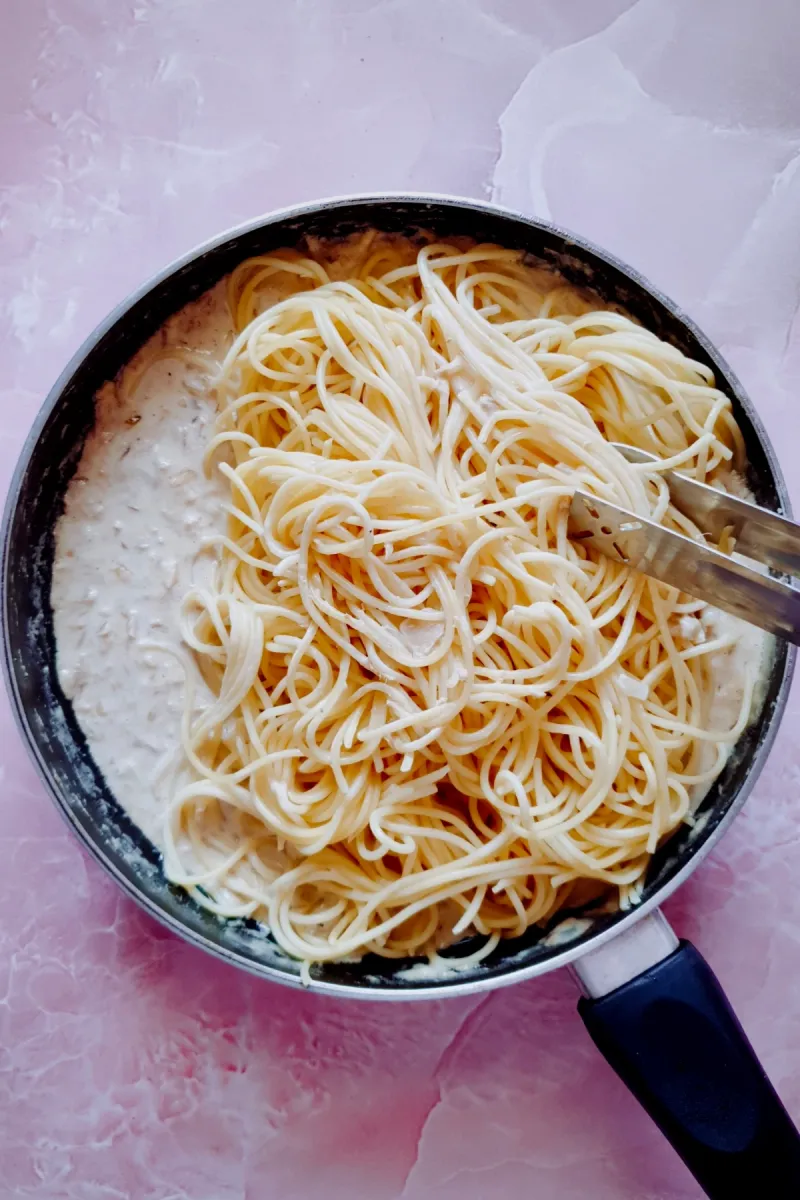
Pasta continues absorbing liquid even after cooking, making reheated pasta dishes often dry or mushy. Cream-based sauces separate and turn greasy when reheated.
Store pasta and sauce separately when possible. When reheating, add a splash of water or fresh cream to restore moisture and consistency.
18. Baby Food

Commercial or homemade baby food should never be reheated multiple times. Each reheating cycle increases bacterial growth risk and destroys nutrients babies need for development.
Serve only the amount your baby will eat in one sitting. Discard any leftovers from the feeding rather than saving for later.
19. Chilled Coffee
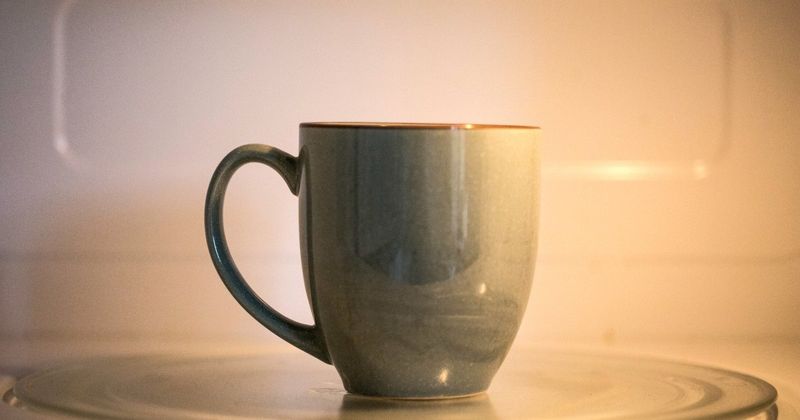
Reheating yesterday’s coffee breaks down the compounds that give coffee its pleasant aroma and flavor. The result is a bitter, acrid taste that no amount of cream can fix.
Brew fresh coffee each time for the best flavor. If you have leftover coffee, use it to make coffee ice cubes for iced coffee instead.
20. Frozen Dinners
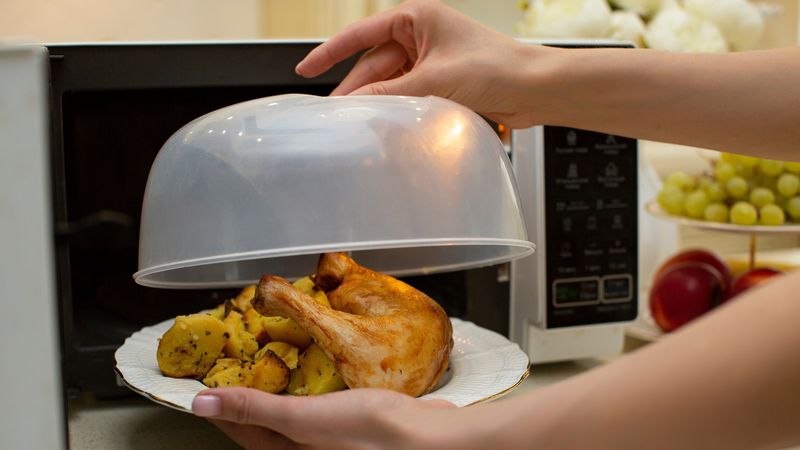
Most frozen meals are designed to be heated exactly once from frozen. Reheating after they’ve been cooked creates texture issues and potential bacterial growth.
The preservatives in these products aren’t designed for multiple heat cycles. Eat your TV dinner in one sitting or toss the remains to avoid food safety risks.

